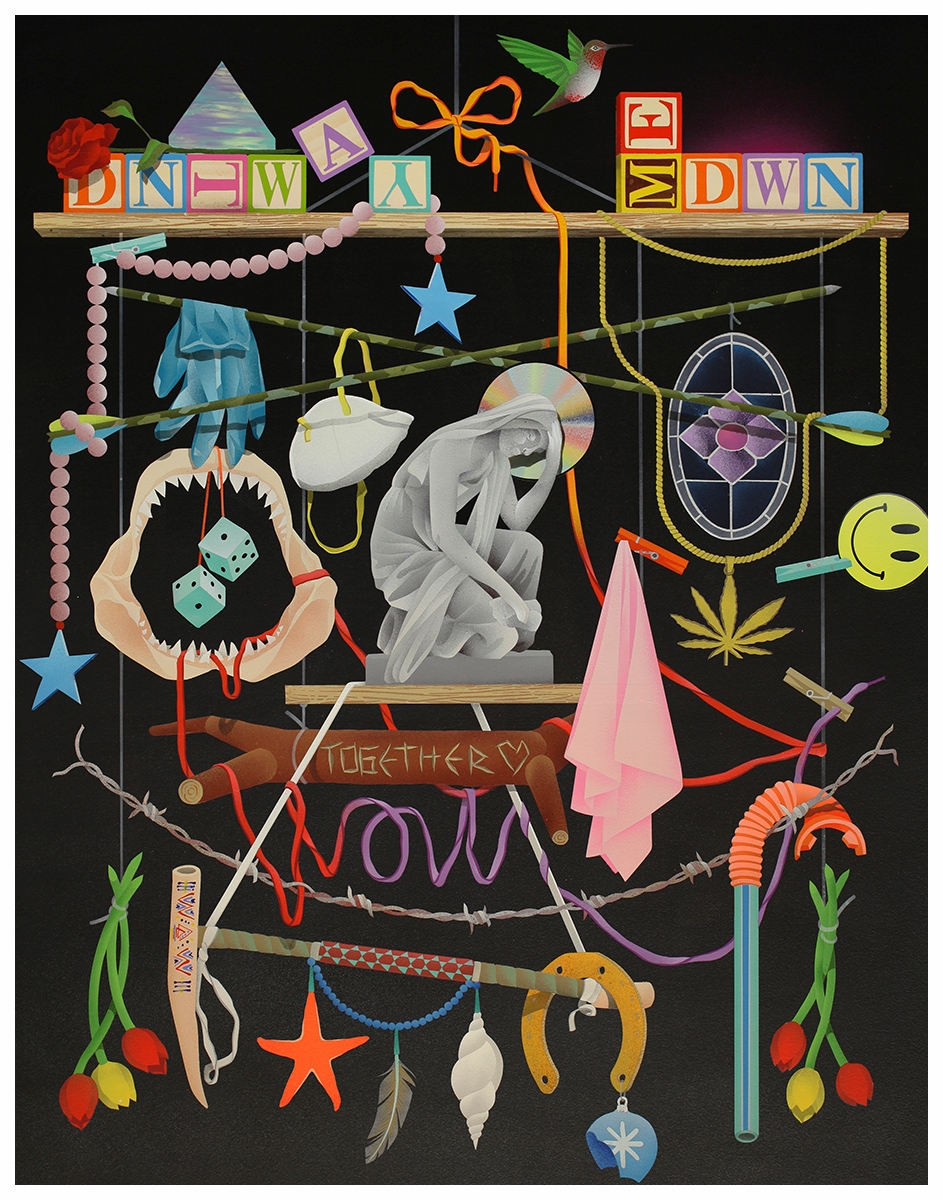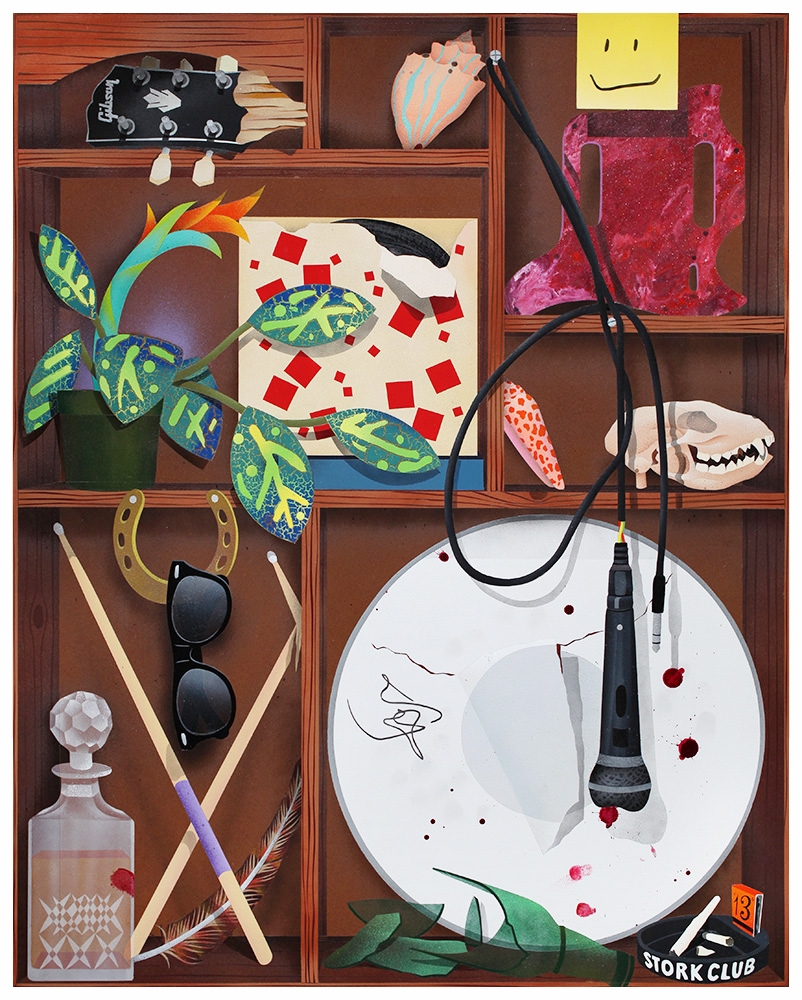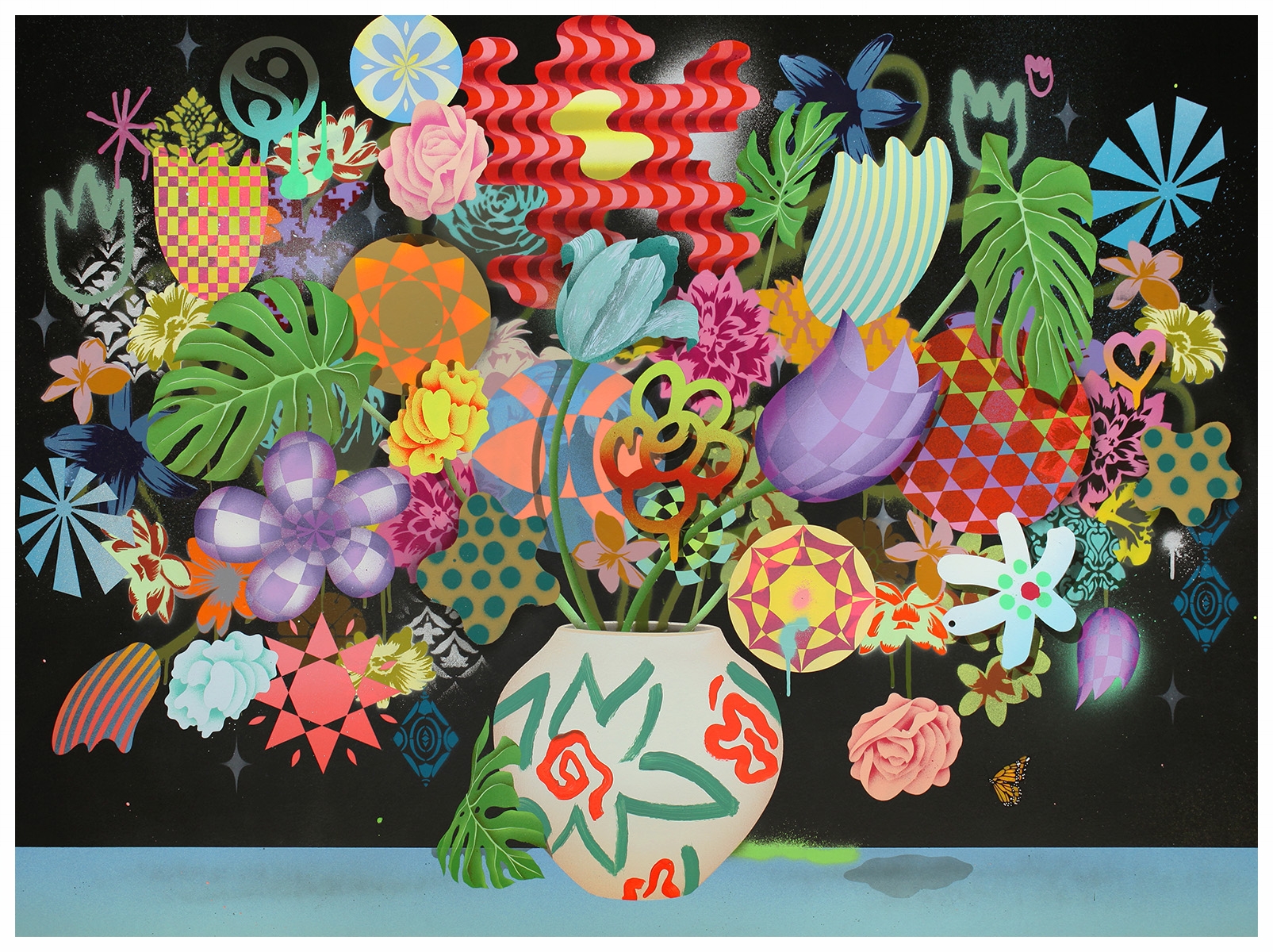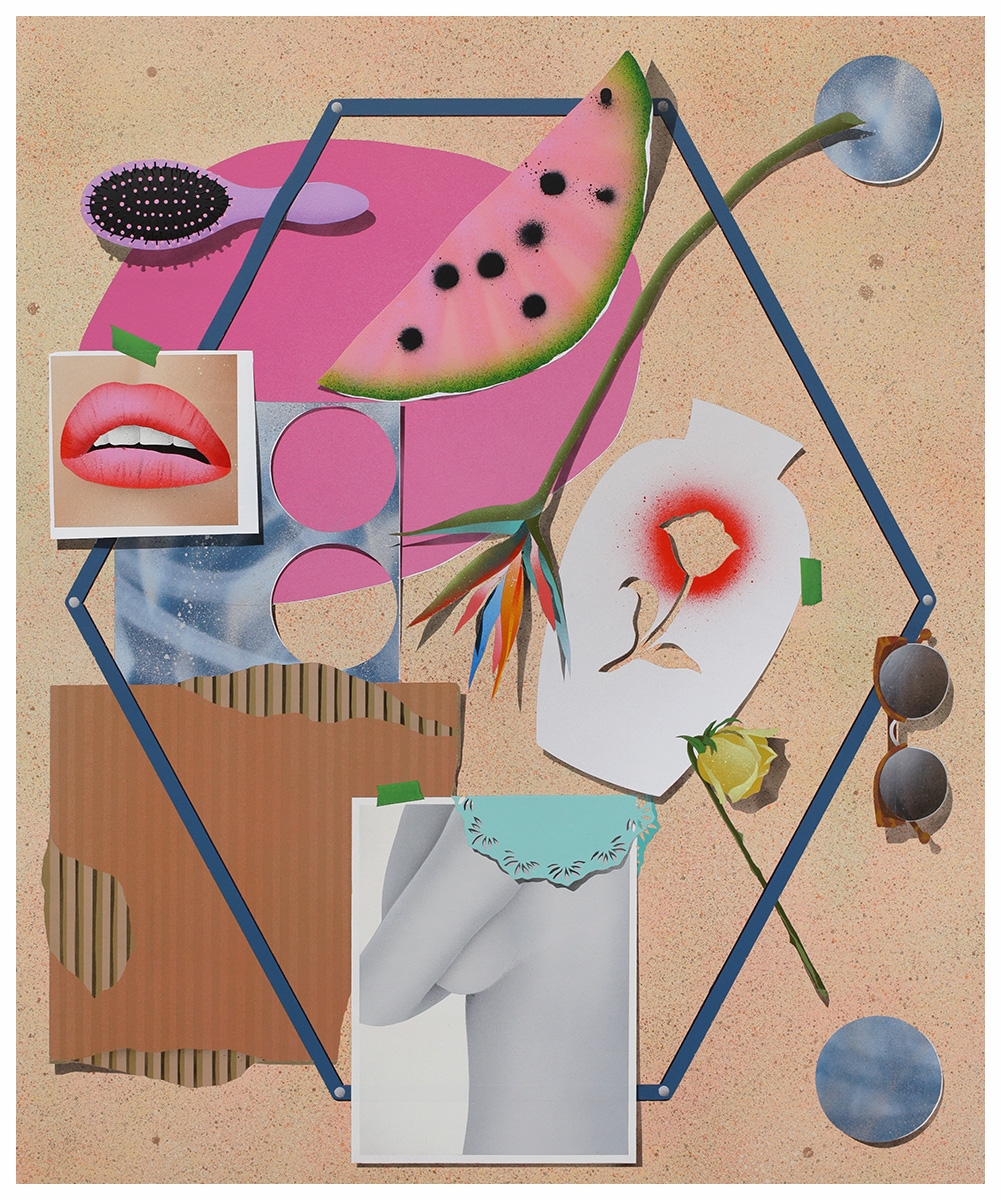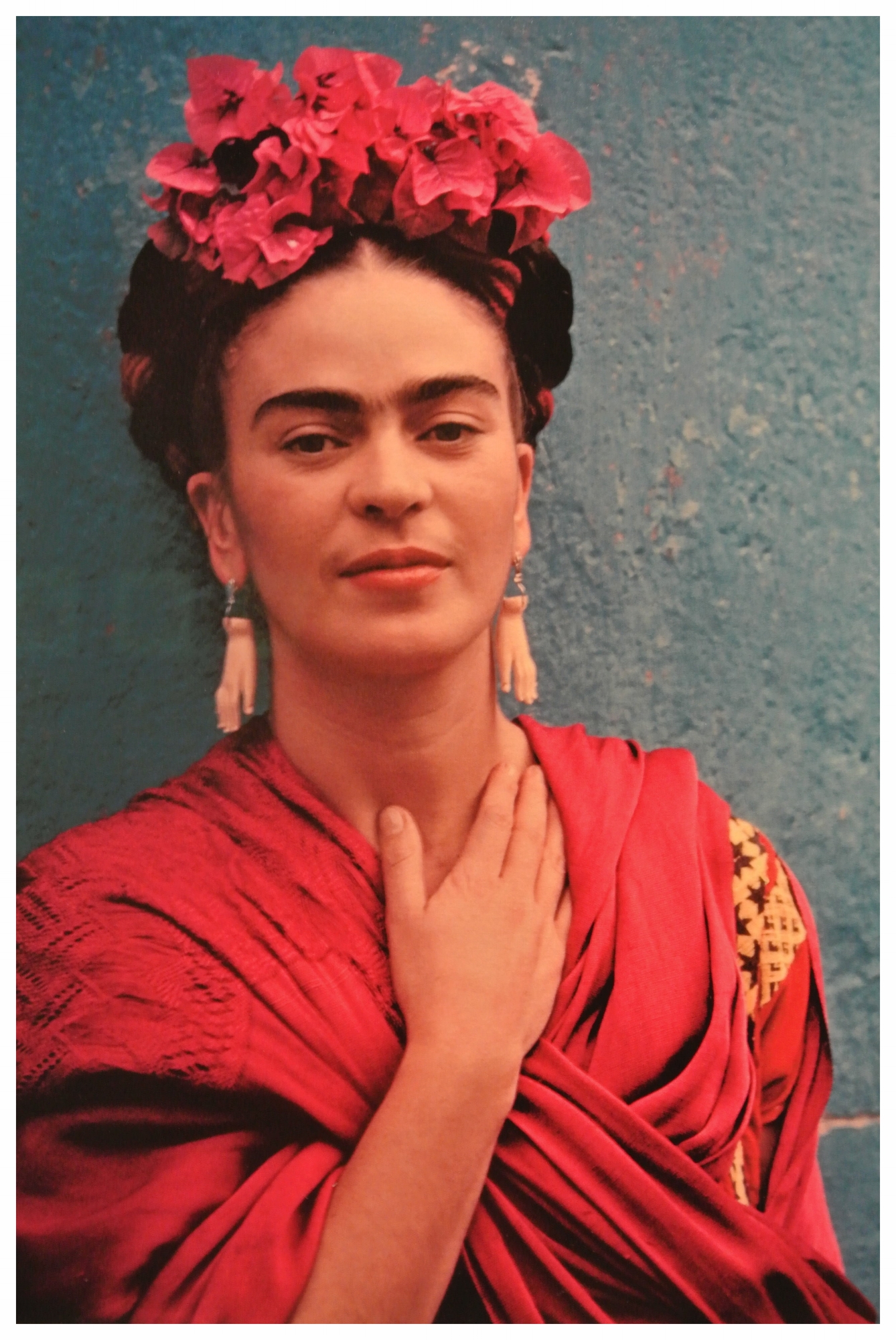As a girl I was given a set of books about artists, really just abbreviated histories and overviews of their oeuvres. Represented in my collection were Rene Magritte, Vincent Van Gogh, Leonardo da Vinci, and Pablo Picasso; the sole female artist among them was Frida Kahlo. Being the precocious child I was, it was not lost on me that she was the only woman among men. It was not lost on me that she had been headstrong and stubborn, competitive and jealous, fierce and loyal, that she was Mexican. This book, and consequently, Frida introduced me to the entire world of painting, to art as a whole. Later, her story would both devastate me and inspire me; Frida gave me license to dream about and to realize worlds that existed beyond the absolute. She gave shape to the figments that floated through my head. Although I would come to learn that I had no real talent for painting, indeed for most artistic endeavors, I never lost my admiration for a woman who fought not only for her life but also for her life's sustenance, her art. I will never forget the image her lover, Alejandro Gomez Arias, planted in my brain of Frida, nude, bleeding, and covered in gold after a 1925 trolly accident that prompted her turn as a painter.
"Someone in the bus, probably a housepainter, had been carrying a packet of powdered gold. This package broke and the gold fell all over the bleeding body of Frida."
So, today, on what would have been her 110th birthday, I wanted to take a moment to thank Frida. For the pain she suffered that engendered such a brilliantly beautiful and haunting body of work. For the way she took my breath away when, at my very first job at the National Museum of Mexican Art in Chicago, I was asked to hold La Venadita (1946) for the preparator who needed a spare hand. For the way it felt, like embracing an old friend, when I made my way to the front of the pack of gawkers at her exhibition held a few summers back at New York's Botanical Garden. For the delight I continue to take in her portrait, Autorretrato con Mono (1938), and the baby monkey who was her companion. For her bravery, her misery, her beauty, her love, and her life.
Happy birthday, Frida! You don't look a day over 25!
